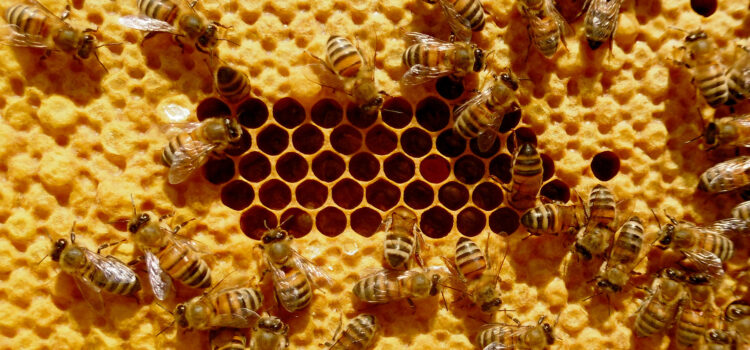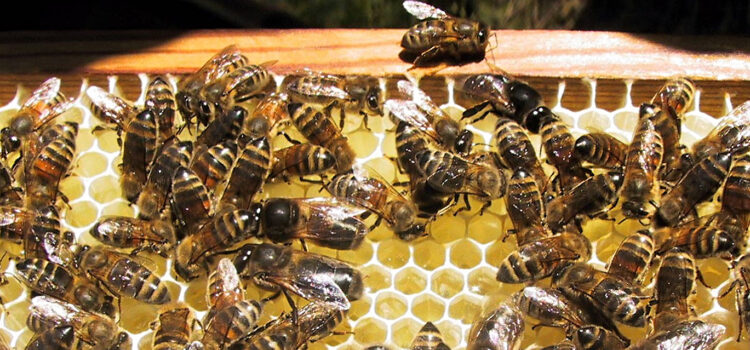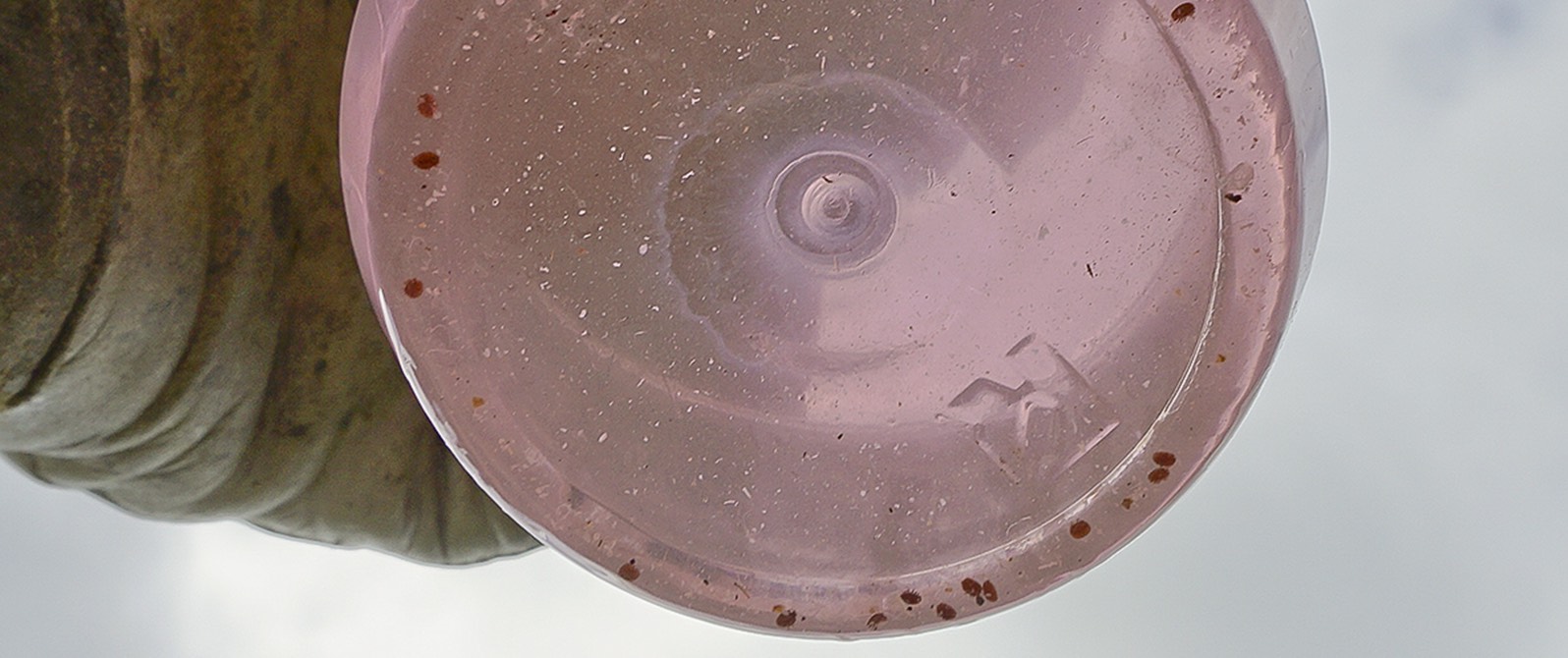Small cell bees are hygienic A research team at the University of Lublin, Poland, has been studying bees on small cells. One of the experiments concerns the clearance of dead capped brood (needle-killed pupae), a trait that is important for
Hygienic bees



